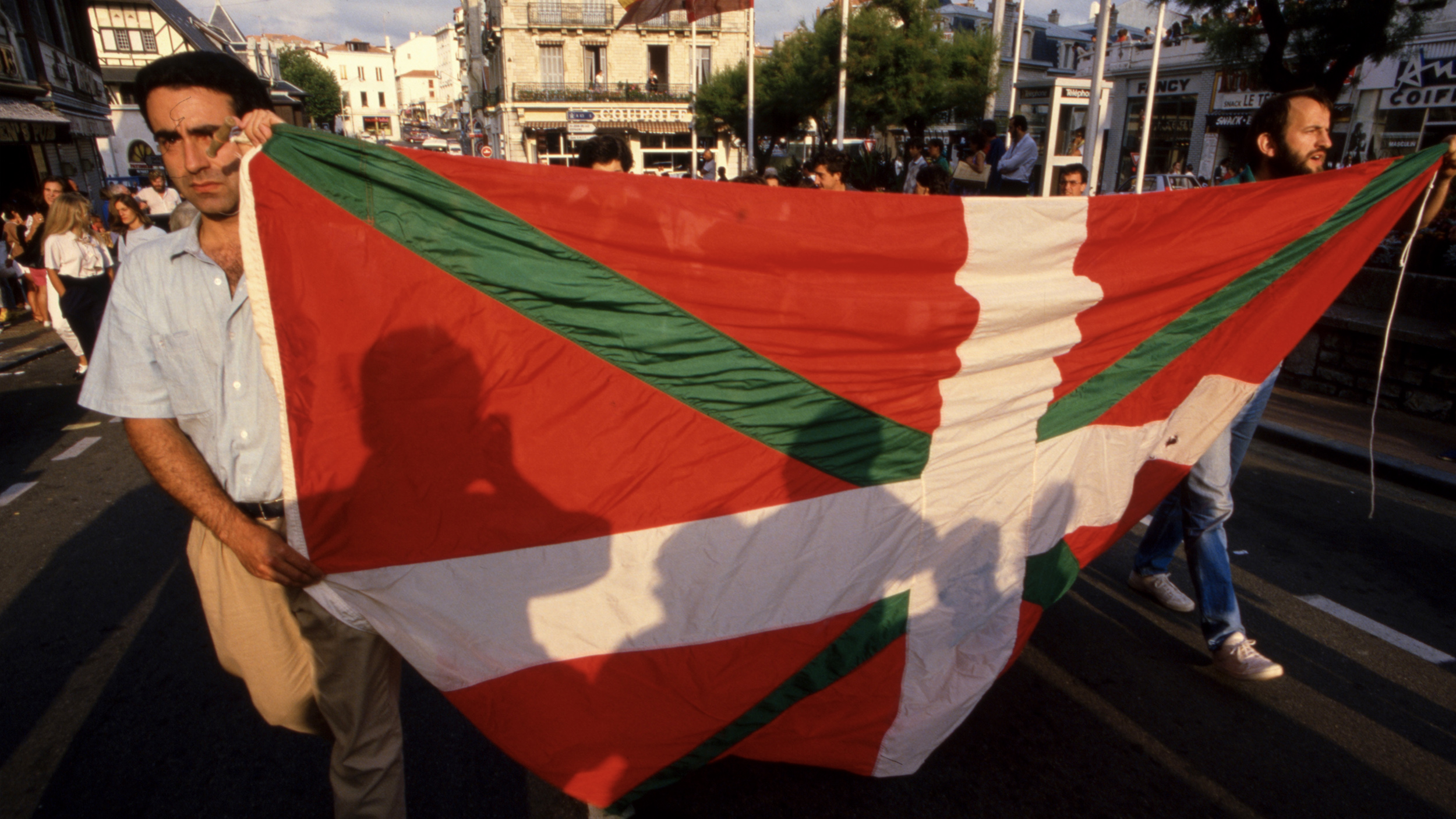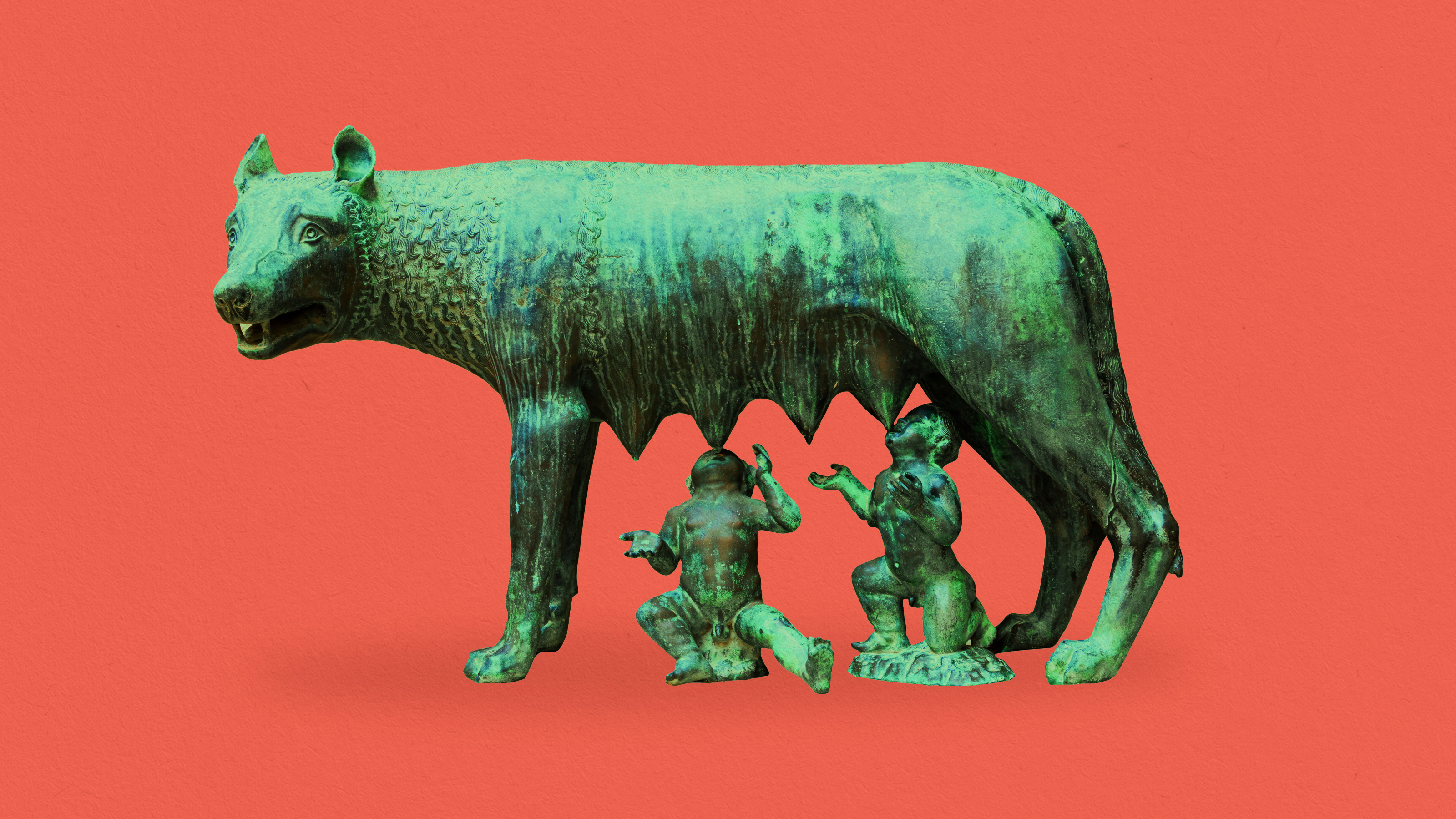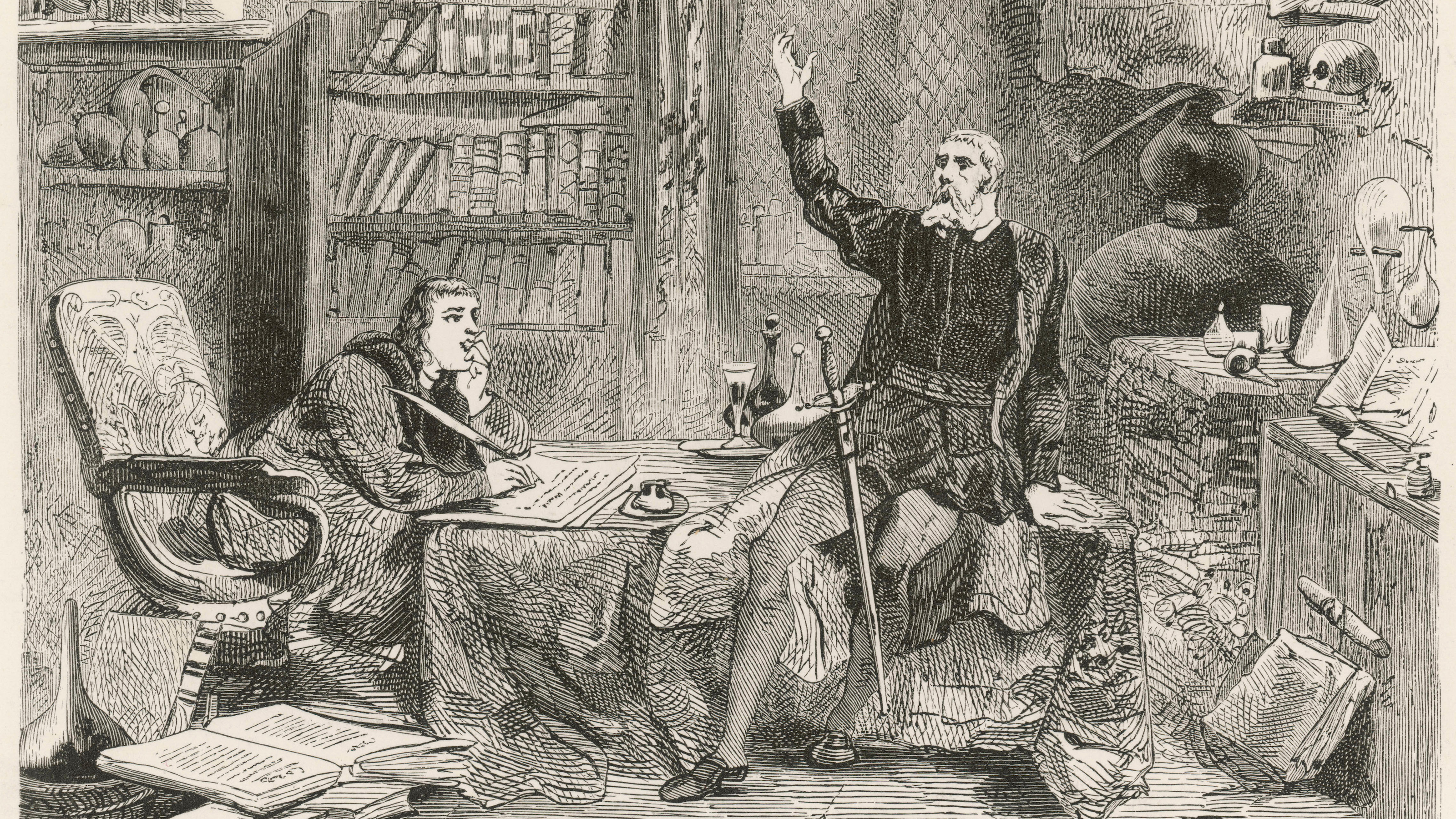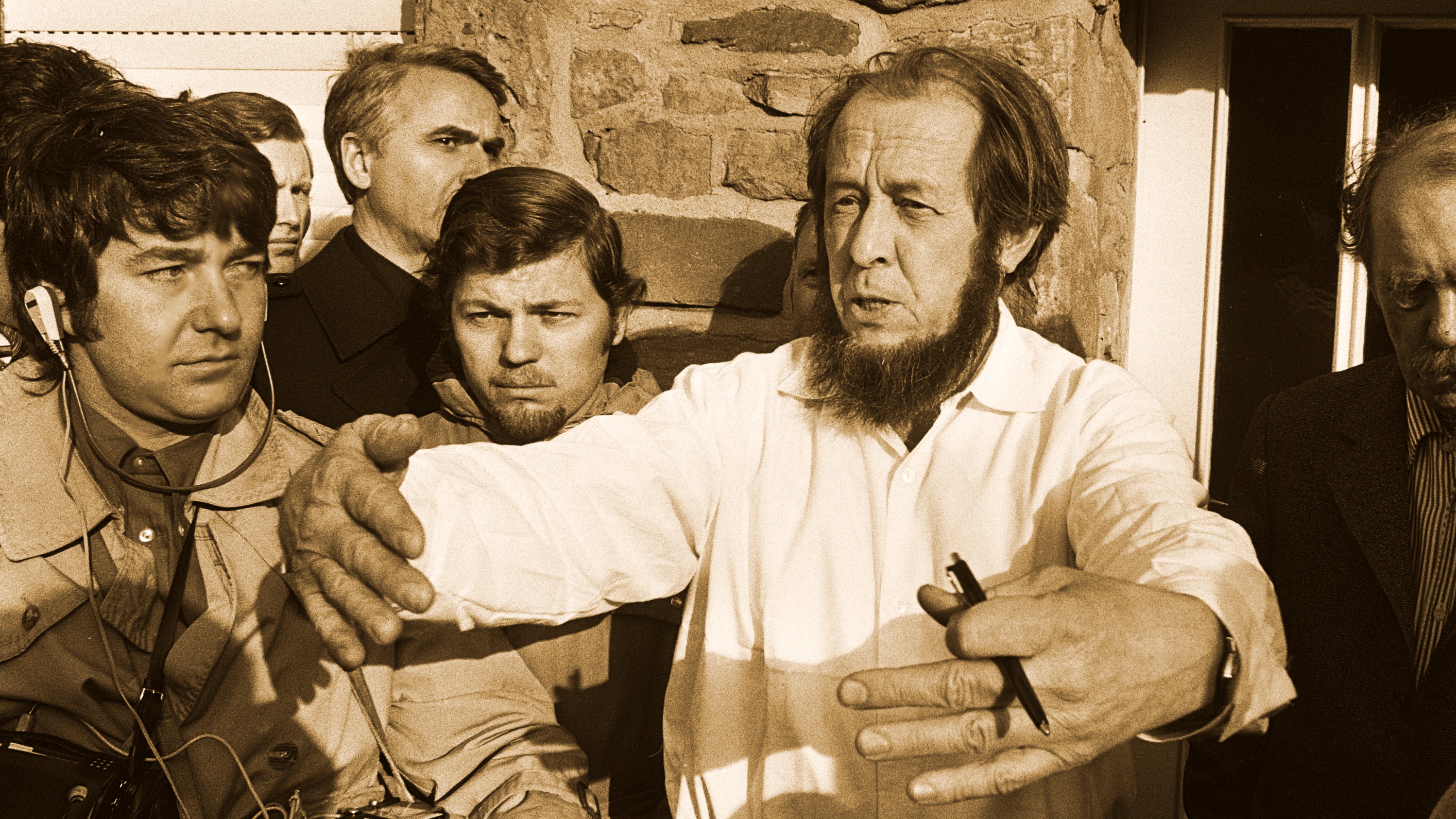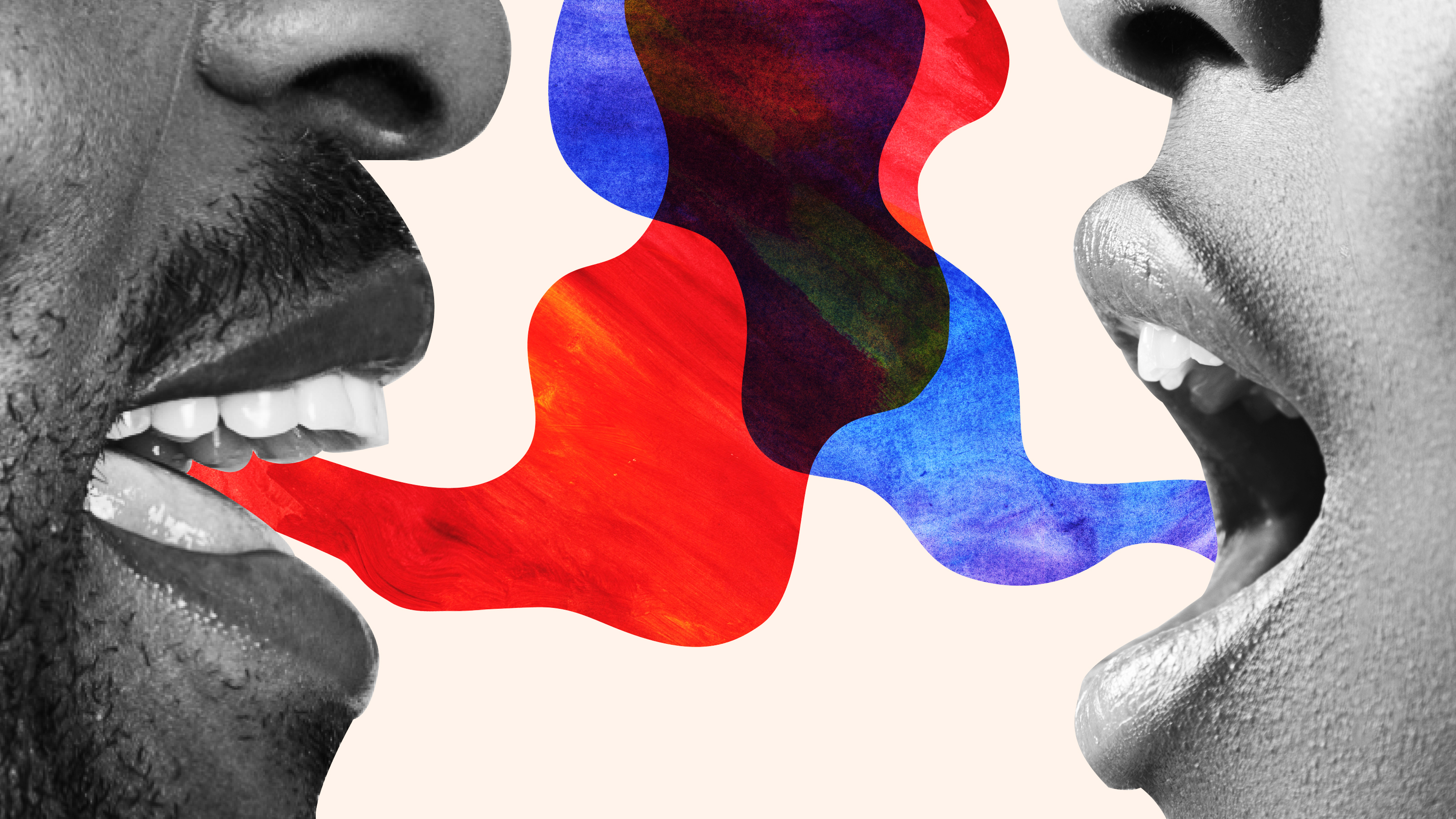Whatever happened to the Catalan independence movement?
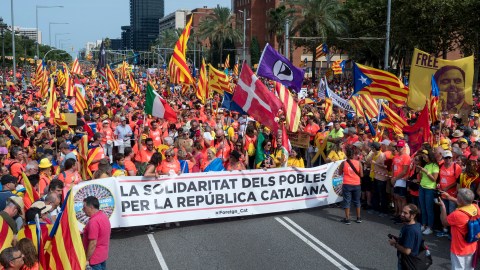
- Catalonia became a part of Spain when the medieval kingdom of Aragon fused with the Crown of Castile in 1479.
- For hundreds of years, the fiercely independent Catalonians have cultivated a distinct identity, culture, language, and love of soccer.
- Although 92% of its residents voted for independence in a 2017 referendum, Catalonia has yet to secede.
In 2017, citizens of Catalonia voted in a referendum on whether the northeastern region of Spain should break away from the rest of the country and become its own republic. As the Spanish political establishment held its breath, so did the sports industry. If Catalonia achieved its long-desired independence, then Catalonian clubs like F.C. Barcelona would no longer be able to compete in Spain’s national league — a move its president, Javier Tebas, told ESPN would hurt both the club and soccer in general.
Tebas’ warning intimidated many separatists, who hold Barça as dear to their heart as Catalonia itself. Still, they saw the league president for what he was: an outspoken critic of Catalonian independence who used the power of his non-political profession to push an obviously political agenda. The referendum took place, and 92% of voters elected to secede. But secede they never did, as Spain’s central government and courts declared the outcome illegal.
The history of Catalonian independence
For many outside Spain, this is the last they heard of the Catalonian independence movement — a movement that can be traced back all the way to the Middle Ages when the region, then part of the powerful kingdom of Aragon, joined with the equally powerful Crown of Castile in 1479. Catalonia failed to regain its independence during the subsequent War of the Spanish Succession, and although it has been an official part of Spain for centuries, it has — much like the nearby Basques — retained a distinct culture and language.
They even have their own unofficial flag, the Estelada, whose white star and red and yellow stripes can be found in many pubs, street corners, and stadiums, especially on the National Day, La Diada, which falls on September 11, and on St. Jordi, the day of their patron saint, April 23. As with the Basques, resistance against Spanish authority has become a key feature of their identity: “If you think it’s all over,” a local told Foreign Policy in the aftermath of the failed referendum, “you really don’t understand anything about Catalan society.”
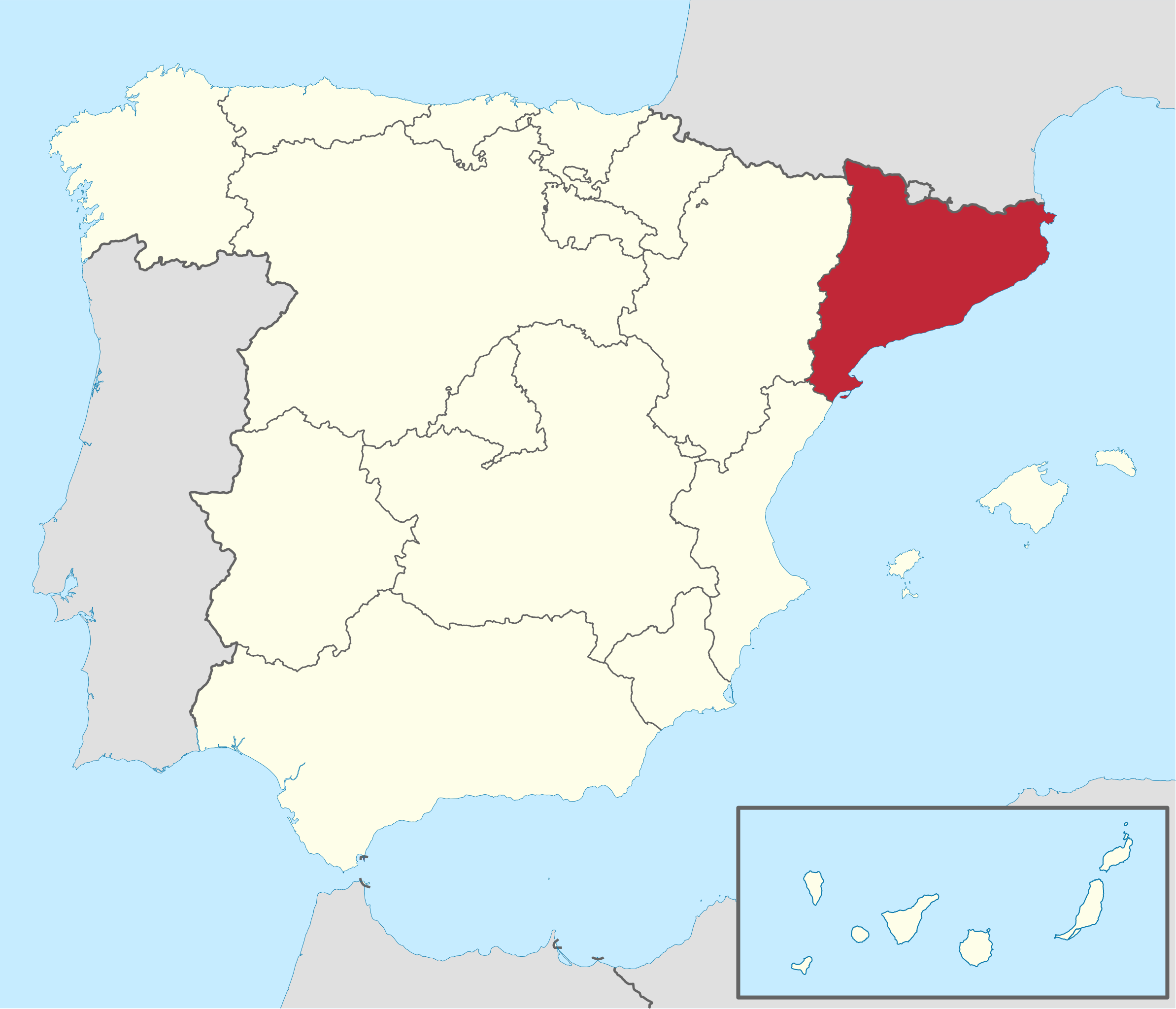
Catalonians suffered heavily under the rule of Francisco Franco, the Spanish military dictator who for much of the 20th century tried to weaken and suppress independence movements throughout the country. Even after receiving a statute of autonomy shortly after Franco’s death in 1975, Catalonia has found itself forced to give in to unfavorable demands from Madrid in exchange for political and economic support. Moreover, Catalonia finds itself at the mercy of political currents in the capital. In 2006, a left-leaning parliament agreed to extend the 1970s statute, granting even greater degrees of self-determination, only for conservative parties, leveraging their support in the Spanish Constitutional Court, to reverse the decision in 2010.
Whenever Catalonian autonomy is threatened, calls for secession grow stronger. By 2012, a poll from the Center of Opinion Studies (CEO), run by the Catalonian government, measured support for independence at 57% — a number that would continue to climb until the 2017 referendum, when it reached its peak. At the same time, parties on both sides of the political spectrum, normally pitted against each other, formed a historic coalition based on their shared desire for independence.
For years, the Catalonian independence movement permeated every aspect of Catalonian society, including soccer. Barça’s motto, Mes que un club (“More than a club”), has a uniquely nationalist connotation, as does its official song, the Cant del Barça. The club, whose former president Joan Laporta is now involved in Catalonian politics and lobbying for secession, stands in stark opposition to Barcelona’s Spanish team, RCD Espanyol, which until 1995 used the Castilian spelling Español.
A deflated balloon
When the Spanish courts rejected the outcome of the 2017 referendum, Catalonians everywhere took to the streets in protest. National and Civil Guards took up residence in Catalonian cities, breaking up demonstrations, confiscating ballots, and arresting independence leaders. One of those leaders, Carles Puigdemont, managed to flee the country and has been living in exile ever since, waiting for an opportunity to return home without being sent straight to jail.
At this point, the movement began to fall apart. Anti-independence, pro-union parties, which had joined greater Spain in boycotting the vote, grew louder and larger. Once a sizable minority, they now outnumber their pro-independence, anti-union counterparts in many parts of the region: A CEO poll determined that, by July 2022, support for secession had fallen to around 40%.
When Foreign Policy asked Mei Francisco how she felt about the current state of the independence movement, the local retiree pointed to the fading colors of her Estelada flag before imitating a deflating balloon. The reasons for this deflation are manifold. The magazine mentions internal division among pro-independence parties, with the Republican Left of Catalonia trying to reopen dialogue with Madrid’s left-of-center government, and the Popular Unity Candidacy and center-right Junts wanting to cut off all communication.
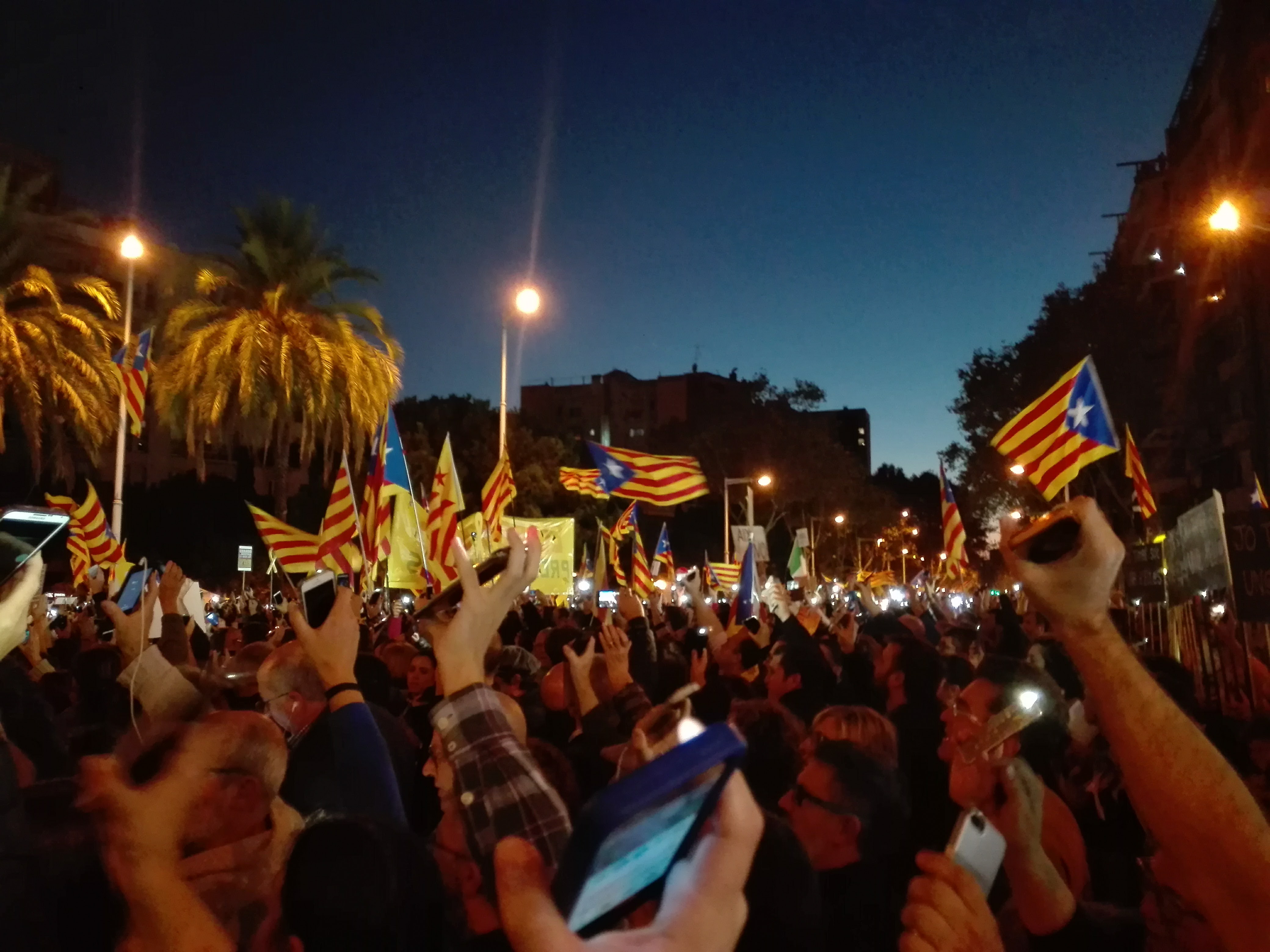
Foreign Policy proposes a second, equally interesting hypothesis: “a growing perception of a world that is growing more hostile to small nations.” The medical emergency of the coronavirus pandemic, along with the threat posed by Russia’s invasion of Ukraine and rising tensions between the U.S. and China, might have convinced some Catalonians that they are better off under the protection of a united Spain, even if that means giving up some of their autonomy in the process.
Last but not least, the Spanish government has improved its reputation in Catalonia since the crackdown on the referendum. It has mitigated the cost-of-living crisis, which worsened after the pandemic, by keeping electricity bills low even as prices skyrocketed elsewhere in Europe. Earlier this year, in January, Madrid took another step toward reconciling relations with Catalonia by scrapping sedition laws from its constitution, thus dropping some of the charges against separatist leaders.
Although the Catalonian independence movement may have lost momentum, it has not disappeared completely. The Council of the Catalan Republic, created in 2018 as the region’s government in exile, continues to lobby EU members in Brussels. Catalonia’s most recent municipal elections foreshadow an ambiguous future: It was won jointly by the Socialist party, which opposes independence, and Esquerra Republicana, which supports independence. For the moment, Catalonia is split between itself and Spain.
